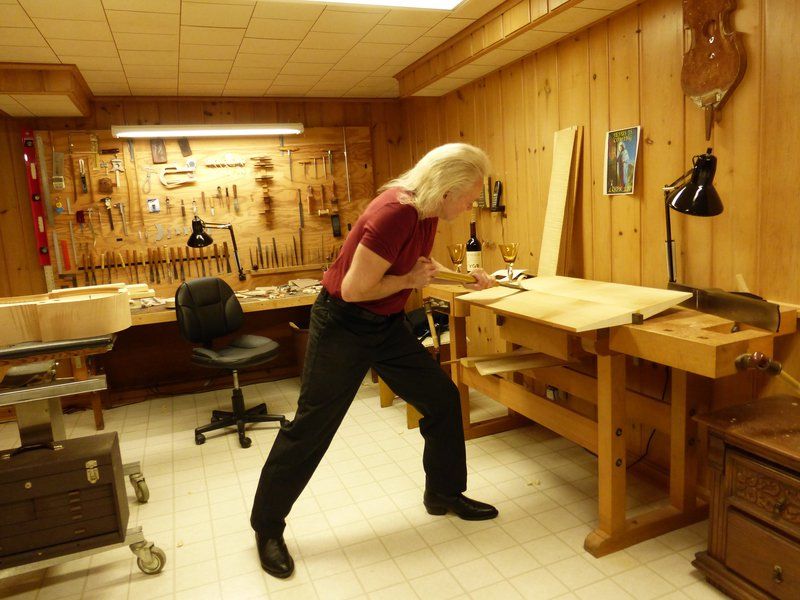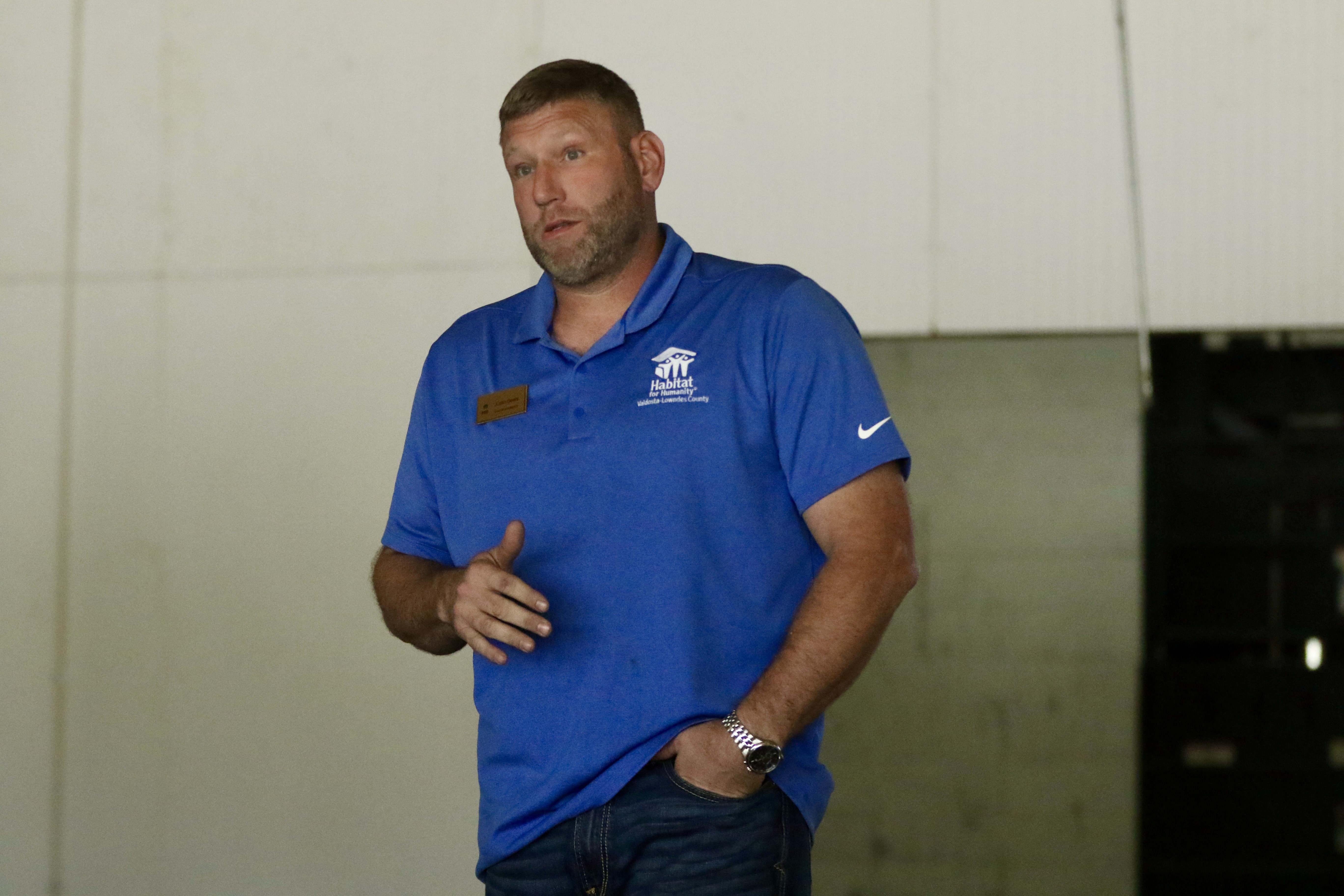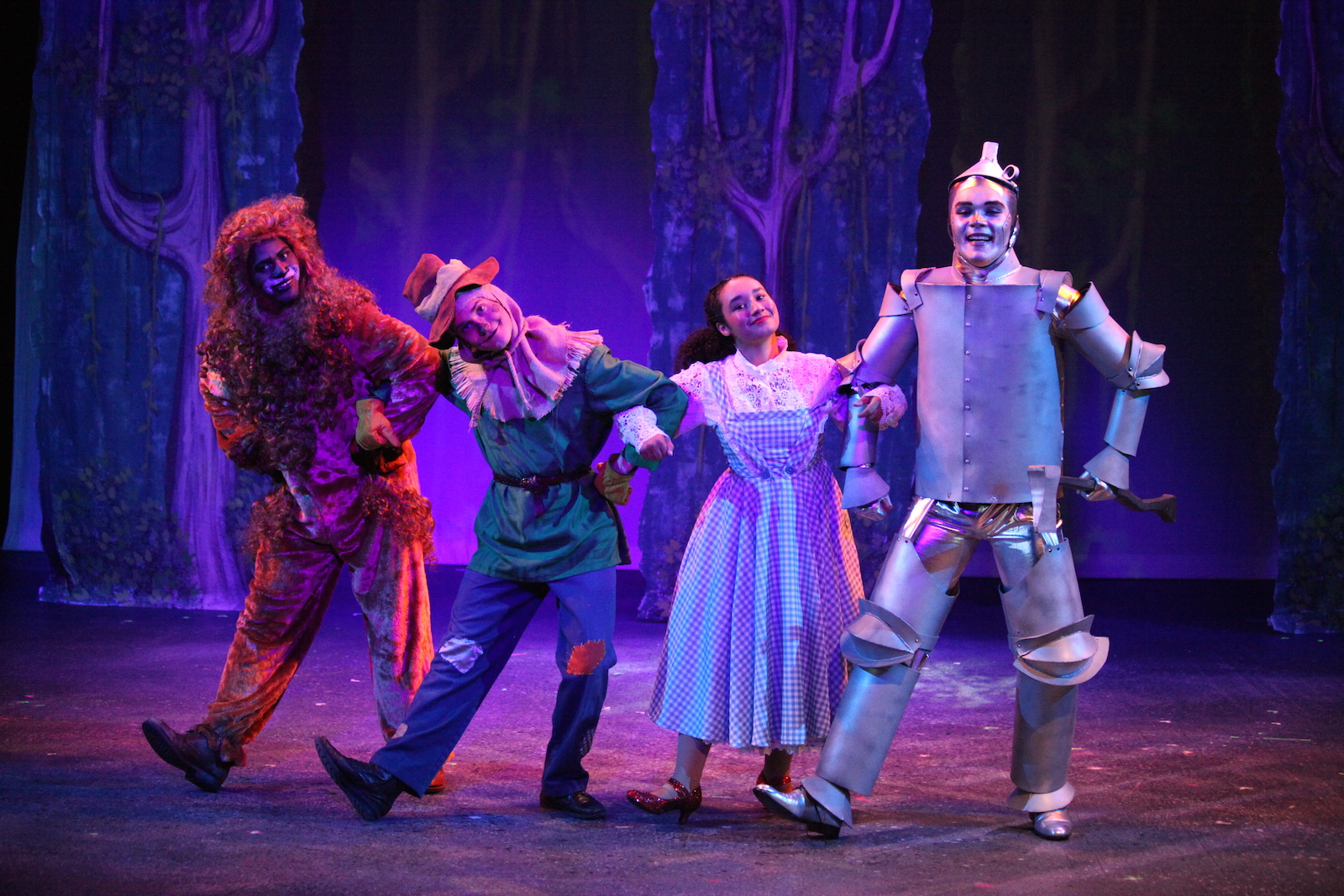Violins: Making music in Michigan
Published 9:00 am Sunday, April 10, 2016

- David & Kay Scott | Submitted PhotoDavid Burgess shapes a cello in his studio.
Ann Arbor, home of the University of Michigan, is special in many ways and has been noted in several top-10 lists, including: most beautiful cities, best cities in which to live, most walkable cities, most educated cities, and best college towns.
We knew from a previous trip that Ann Arbor is also a great city for art and music, but during our most recent visit we learned it is home to several world class luthiers.
Luthiers? If you don’t know a luthier from a Lutheran, don’t despair because we didn’t either until we met one.
A luthier is a person who builds or repairs violins, violas, cellos, guitars, or other stringed instruments. The term is derived from “luth,” the French word for lute, and was originally used to refer to lute makers. Now you know as much as the two of us.
Luthiers who caught our attention are four Ann Arbor violin makers, each of whom is considered among the world‘s best. David Burgess, Gregg Alf, Joseph Curtin and Feng Jiang have won awards from the Violin Society of America for excellence in workmanship and tone.
Classical violins are constructed of spruce for the top or soundboard, and maple for the back, sides and neck. The fingerboard is ebony. The wood must be naturally dried for years before it can be used. The entire process from drawing the outline on the wood, to scraping and carving with hand tools, to getting the varnish just right, takes most violin makers around a month.
Considerable time is spent adjust the tone once an instrument has been completed. Many instrument makers also repair violins, although this is no longer the case with the four Ann Arbor luthiers.
David Burgess
David Burgess began taking violin lessons at age 5.
He loved the music but also enjoyed using his hands to make things. At age 14, Burgess was scheduled to attend a school in Germany where he would learn violin making, but changed plans and accepted an apprenticeship with Hans Weisshaar, a respected violin maker living in Los Angeles.
Five years later, Burgess went to work at an Ann Arbor company that sold stringed instruments. Here he made violins, violas and cellos, in addition to managing the firm’s repair and restoration department.
In 1991, at age 38, Burgess decided to set out on his own. While most instrument makers are assisted with carving and other aspects of the process by apprentices and/or assistants, Burgess constructs each instrument by himself.
He has occasionally taken trips to Europe to select wood used in making his instruments.
Burgess still crafts violins, violas and cellos. He charges around $31,000 for a violin and $46,000 for a cello, although the latter requires twice as long to complete. He accepts commissions, generally completes four instruments annually, and has a current backlog of about three years.
The Ann Arbor craftsman has won numerous awards and served as a judge for competitions in Cremona, Italy; Moscow, Russia; and Beijing, China, in addition to the United States. His instruments are in the permanent collection of the Smithsonian Museum and the Stradivari Museum in Cremona, Italy.
Gregg Alf
Gregg Alf was born in Los Angeles where he studied violin as a child.
At age 19, he moved to Cremona, Italy, birthplace of the violin, to attend the International Violin Making School. He remained there for eight years perfecting his craft before returning in 1984 to the states where he formed a partnership with Joseph Curtin whom he had met in Cremona.
Together they toured the United States in search of a location for a violin making studio.
Selecting Ann Arbor for reasons noted below, the two craftsmen established Curtin & Alf and worked together for 12 years before splitting into individual studios. In 2013, a Curtin & Alf violin once owned by Ruggiero Ricci sold at auction for $132,000, a record price for a work by living violin makers.
Alf Studios makes concert violins and violas. Some of these violins are exact copies of classic Italian instruments while others are Alf’s original designs.
His instruments are owned by members of leading symphony and philharmonic orchestras around the world. Since the summer of 2012, Alf has been living in Venice, Italy, but retains his Ann Arbor studio.
Joseph Curtin
Joseph Curtin was born in Toronto, Canada, and started playing the violin at age 11, a practice he continued through high school and two years of college when his instructor advised him to quit.
The advice was devastating for Curtin who had hoped to make it his career.
A few years later, he began viola lessons at the suggestion of a friend. After each lesson he would visit with his instructor’s husband and violin maker, Otto Erdesz. After two years, Erdesz asked Curtin if he was interested in learning how to make violins.
Thus began a new career path for Curtin who apprenticed with Erdesz for several years before traveling to France and Italy to work in violin making workshops.
This is where he met Gregg Alf.
The two returned to the states and formed a partnership, choosing to settle in Ann Arbor that was home to numerous music venues. In addition, it was the domicile of Gabriel Weinreich, a professor at the University of Michigan.
Weinreich was an experimental physicist and leading expert on the physics of the violin, especially the acoustics of stringed instruments, a topic of interest to both young men. Weinreich was to become a mentor to Curtin and together they collaborated on several research projects.
In 2005, Curtin received a McArthur Fellowship awarded to individuals based on their “extraordinary originality and dedication in their creative pursuits.” Recipients each receive a $500,000 stipend which allowed Curtin the freedom to spend more time on research, especially with regard to creating experimental instruments.
Curtin continues to conduct experiments utilizing new materials. One of his projects is the development of an electric violin with a digital processor that sounds like an acoustic violin. Curtin also continues making classic violins, as most of his commissions are for the older models, such as the Stradivari, for which he charges from $30,000 to $40,000.
Feng Jiang
Born in China 45 years ago, Feng Jiang became acquainted with violins at an early age by his father, a violin maker.
He even constructed a violin prior to attending Beijing’s Central Conservatory of Music where he learned to perfect the craft. After graduation, Feng stayed on at the conservatory as a teacher’s assistant until 1997 when he came to the United States.
He spent a year in Chicago and then moved to Ann Arbor where he apprenticed for five years with Gregg Alf.
Feng utilizes four or five old world violin patterns to make about eight violins a year. He has one assistant, Ming, and recently accepted an apprentice, Steven Sherman.
Sherman attended the Violin Making School of America in Salt Lake City and has worked in other violin workshops prior to joining Feng.
Feng’s violins cost about $30,000 and, like the other three craftsmen, has a waiting list of players.
New vs. Old; Which is Superior?
Modern versions of classic violins are excellent musical instruments, and many of today’s violin makers, including Curtin, feel a general prejudice exists among members of the playing community favoring the old instruments.
To confirm his theory that new violins were as good or better than the old classics, Curtin in 2010 helped organize a “double-blind test” in which each of 21 professionals played six different violins and were asked to identify the old from the new based on the sound.
Each participant was fitted with dark glasses so as to be unable to view the violin. Results indicated the violinists were unable to accurately identify the old from the new violins, a result that caused considerable controversy in the music community.
The double-blind test was repeated two years later in Paris, France, by Joseph Curtin and his cohorts, but on a larger scale.
The test started with 21 new and old violins including six Stradivarius. After initial testing, the number of instruments was reduced to an even dozen.
In addition to repeating the 2010 event, each violin in this evaluation was played alone in a concert hall, and then again with an orchestra and an audience.
To generalize the results, two modern instruments earned the highest scores while a Stradivari was third. At the bottom were another Stradivarius and a modern violin.
The results of this test are important to modern violin makers, but many musicians continue to feel old violins are superior.
David and Kay Scott have written several published travel books. They live in Valdosta.
Contact Information
Gregg Alf, Alf Studios, 1342 N. Main Street, Suite 11, Ann Arbor, MI 48104; (734) 665-2012; www.alfstudios.com.
David Burgess Violins, 1510 Glen Leven, Ann Arbor, MI 48103; (734) 668-7803; www.burgessviolins.com.
Joseph Curtin Studios, Ann Arbor, MI; (734) 665-1303; violins@josephcurtinstudios.com.
Feng Jiang Violins, 1711 Springmill Lane, Ann Arbor, MI 48108; (734) 477-6866; fjviolins@comcast.net.





